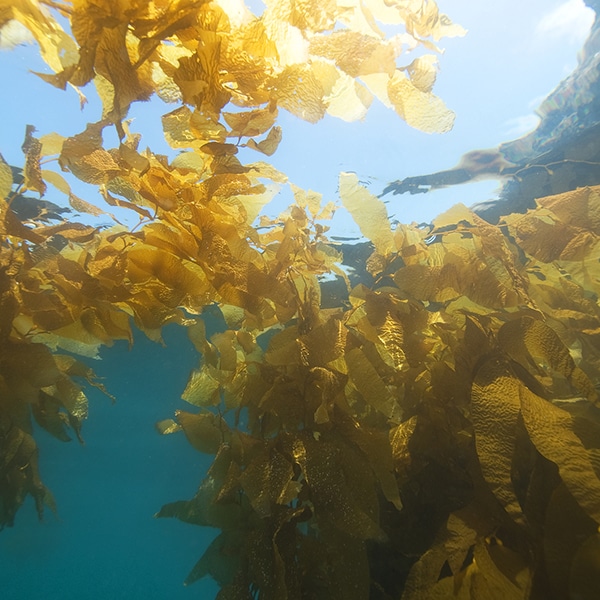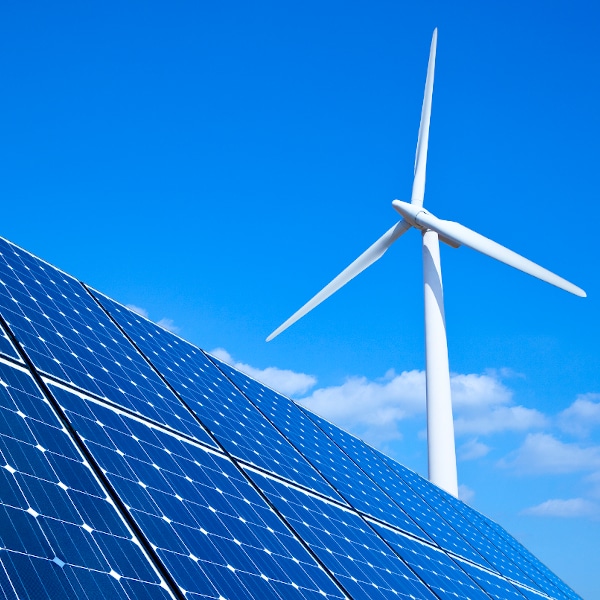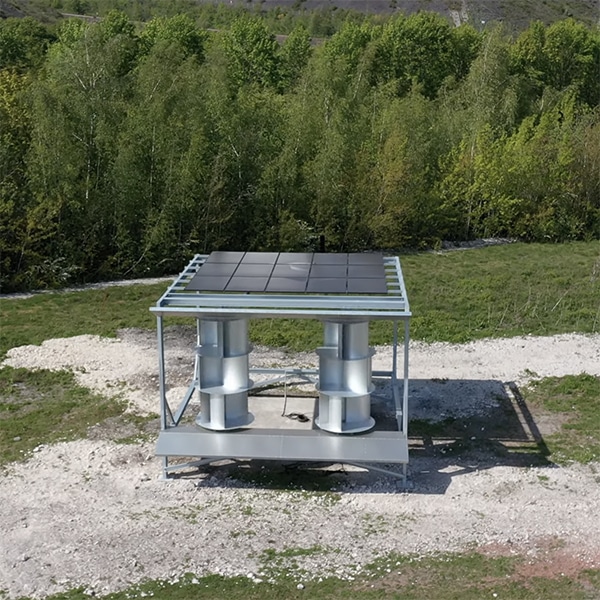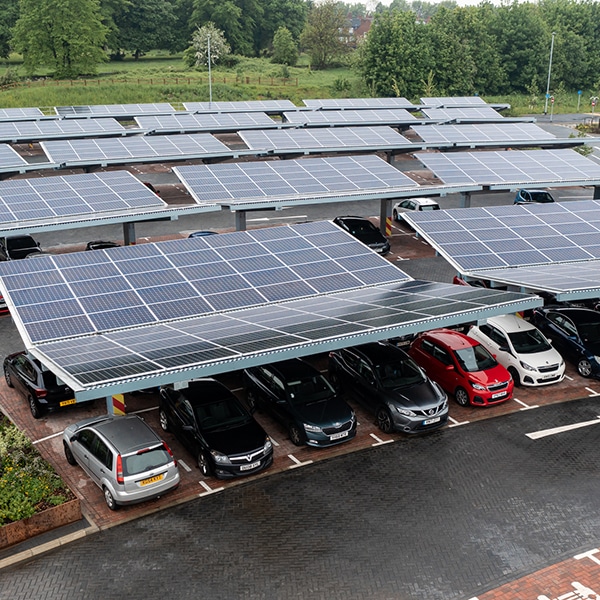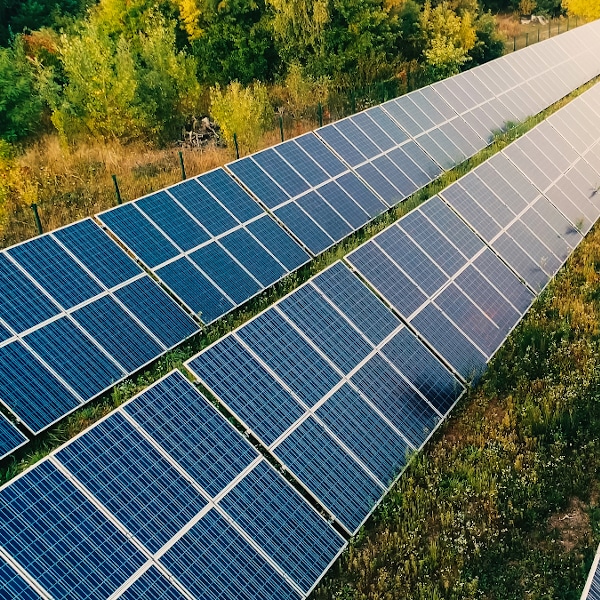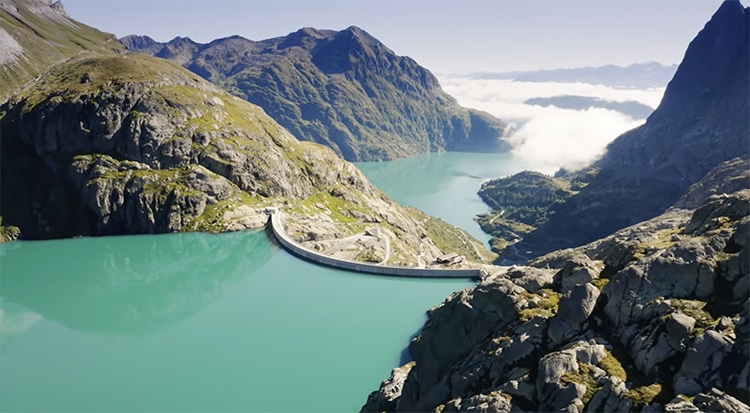
Photo: screenshot from Nant de Drance SA
Solar and wind energy are the future. But both of these renewable, sustainable energy sources are dependent on varying environmental conditions. Where does one store the extra energy produced by solar panels on a summer day or windmills churning as a breeze rips over the ocean? Traditional batteries require minerals that are dangerous and damaging to the Earth. While some researchers are pursuing experimental solutions, the “water battery” is a tried and true method for storing energy. An enormous Swiss water battery project—known as Nant de Drance—is at last operational. It is a glimpse into the future of energy storage.
For the past 14 years, construction crews have been working hard to complete this ambitious project. They began by hollowing out 11 miles of tunnels in the Swiss Alps connecting the reservoirs of Emosson and Vieux Emosson in Valais, Switzerland. Through these tunnels, they dragged building materials to construct an elegant arched dam to retain the upper body of water. Inside, they installed powerful turbines. After years of hard work, the system—Nant de Drance—is now operational. When in use to generate power, the turbines produce 900 MW of power, enough to power 900,000 homes.
So, how does the water battery work? When excess energy needs to be stored, that energy is used to pump water from the lower to the upper reservoir. This is like charging a battery. The water then remains at the top of the system until the energy is needed, where it can store 20 million kWh of energy. The water is then channeled back down, passing through the massive turbines. They spin to “harvest” the stored energy. Simple physics is therefore a powerful solution to the storage problems of renewable energy.
This technology has been used for centuries in Switzerland. You can also find water batteries in other countries, like the U.S. and China. Despite the technological leaps forward in other battery technology, the classic water battery might just be the best—and arguably most beautiful—solution to energy storage problems.
These two reservoirs in the Swiss Alps form a “water battery” which can store 20 million kWh of energy.
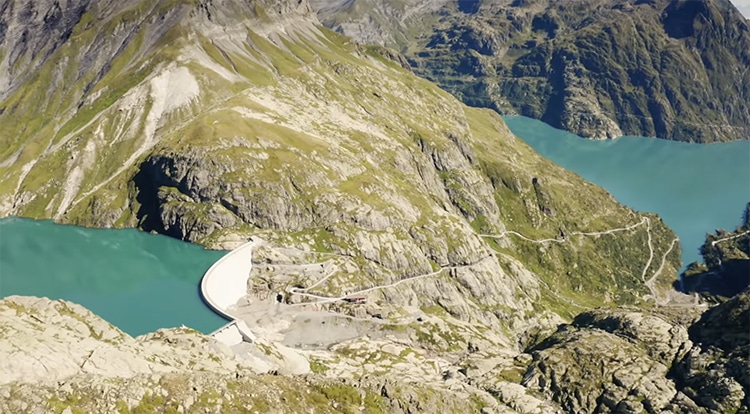
Aerial view of the above-ground portions of the “water battery.” (Photo: screenshot from Nant de Drance SA)
The “battery” can store excess energy produced during more active periods of wind and solar harvesting.
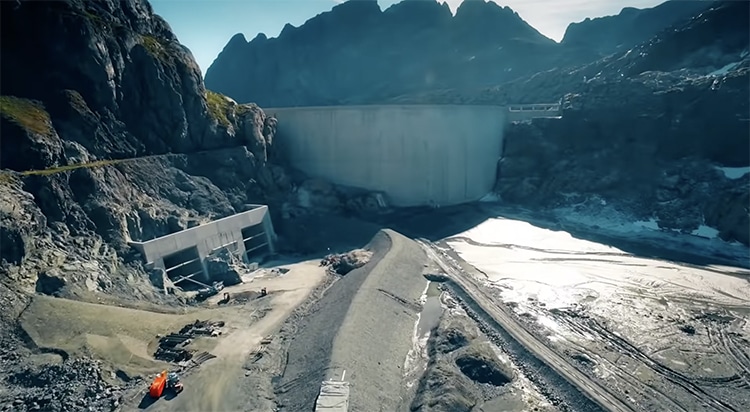
Building the dam to create the top reservoir. (Photo: screenshot from Nant de Drance SA)
By releasing water from on high and channeling it through underground turbines, the energy can be released to meet higher demand.

How the water battery stores and releases energy. (Photo: screenshot from Nant de Drance SA)
This project took 14 years to complete and only recently became operational.
However, the technology of water batteries is a well-established one.
Related Articles:
Bring Your Broken Electronics to a “Repair Cafe” To Save Money and the Environment
French Law Now Requires Large Parking Lots To Be Covered in Solar Panels
Glasgow Nightclub Turns Dancers’ Body Heat Into Thermal Energy
Solar Power Saves India Billions in Fuel Costs in the First Half of 2022




































































